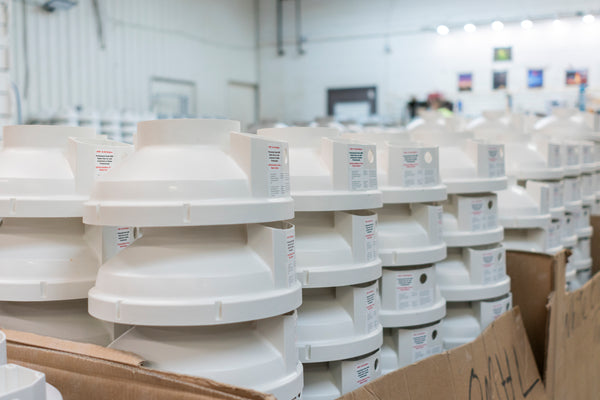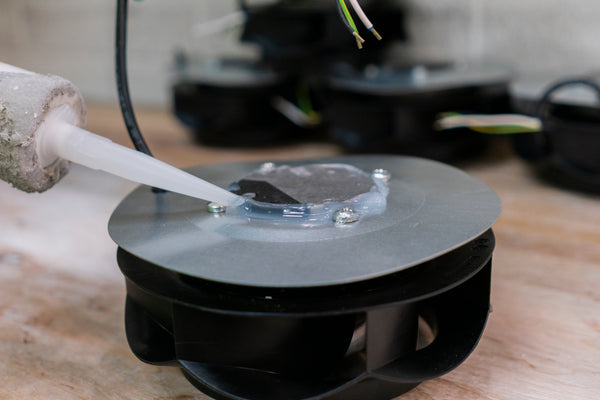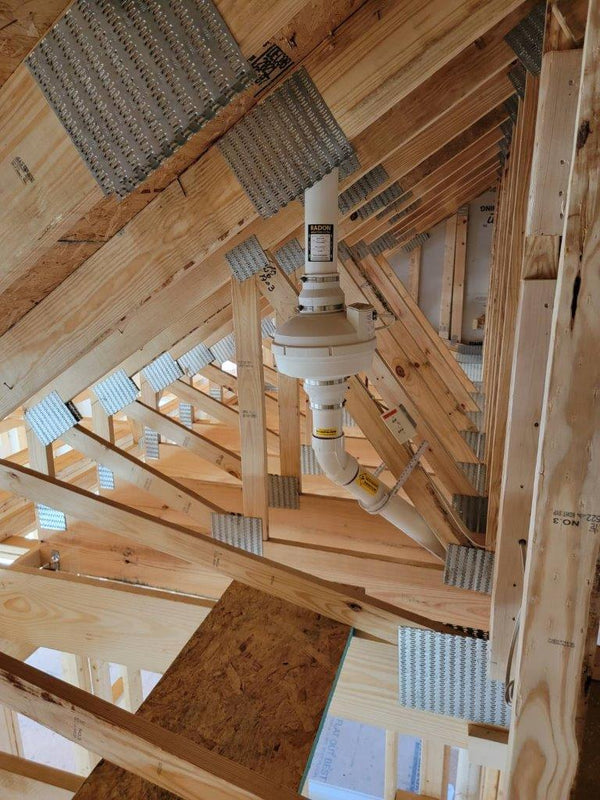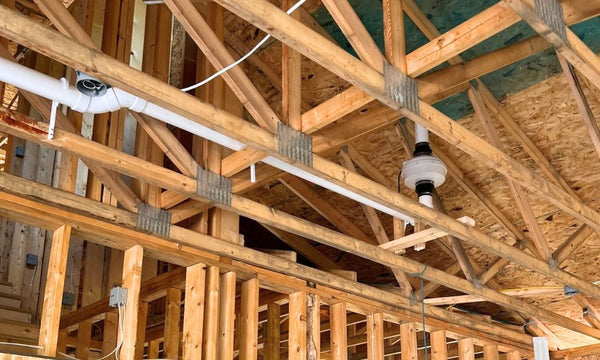
How To Decrease Radon Levels in Your Home
Radon, an odorless and colorless gas, is a harmful substance that can find its way into homes. It occurs naturally in the environment and forms from the decay of uranium in soil and rocks. Because of this, it can seep into your house through cracks and gaps in the foundation. Prolonged exposure to high radon levels can pose serious health risks, including lung cancer. But the good news is that radon exposure is manageable and preventable.
From regular testing to installing a radon mitigation system, safety from this health hazard is possible. Here are some steps to take to decrease radon levels in your home and protect your family's health.
Taking Action
The first step is to test your home's radon levels. While any homeowner should reduce the risk of radon, there is a specific range at which it is necessary to take action. If the radon levels in your home are at least four picocuries per liter of air, we strongly recommend installing a radon reduction system
Install a Radon Mitigation System
A radon mitigation system is the most common and effective way to reduce radon levels in your home. Installing this system, including a pipe system and a fan, within your home will pull radon from beneath the foundation and vent it outside. These are incredibly versatile, making implementation possible in any home. Hiring a professional is the best way to ensure proper placement.
Parts and Equipment
The common mitigation systems consist of several key components, including:
- PVC piping: The core of a radon mitigation system is a network of PVC pipes that run from the ground below the building to the exterior. These pipes create a pathway for radon gas to drift away from the structure's interior.
- Suction point: This is the location within the home, typically in the basement, sump pit, or crawl space, where the PVC piping begins. Professionals will drill a hole into the floor or slab and insert a sealed pipe to collect radon gas from beneath the building.
- Radon fan: A radon fan is an essential component of the system. It is installed in the PVC piping system and creates a negative pressure. This draws radon gas from the suction point and pushes it up and out of the building, safely venting it into the outdoor air.
- Vent pipe: An extension of the PVC piping, a vent pipe carries the radon gas from the fan to a point outside the building where it can safely dissipate into the atmosphere. This typically extends above the roofline to ensure radon gas is away from the living spaces.
- Manometer: A manometer is a simple device installed on the PVC piping to monitor the system's operation. It measures the pressure differential between the pipe system and the outdoor air to ensure the fan works correctly.
- Sealing and caulking materials: To ensure the system is effective, you should seal all cracks, gaps, and openings in the foundation of your home with caulking materials. This prevents radon gas from entering the building through other pathways.
It is incredibly important for professionals to source these materials from a reputable place. An effectively made, well-designed mitigation system can last for years.
Seamless Integration and Home Aesthetic
Installing your mitigation system doesn't mean sacrificing the aesthetic of your home. With careful planning, these systems can seamlessly blend into your living space. Professional radon mitigation contractors are adept at maximizing effectiveness while minimizing the visual impact by using radon mounting accessories.
Other Ways To Reduce Radon Levels
While a radon mitigation system is the most effective way to eliminate the risk of this hazardous gas, you can take some extra precautions to be safe.
- Promote air circulation: Use fans and vents to improve airflow within your home. Whenever possible, leave windows open to further circulate air.
- Seal and caulk: Seal any cracks in the floor and walls with caulk. This can lessen the chance that radon finds its way into small spots.
- Landscaping: Proper drainage and grading around your home can help divert rainwater away from the foundation. This prevents the buildup of moisture that may make radon infiltration worse.
- Radon-resistant building materials: Choosing radon-resistant materials during construction or renovation is a proactive way to reduce radon levels. For example, radon-resistant concrete can be applied during construction to create a barrier against radon.
These steps, combined with a well-designed mitigation system, contribute to a comprehensive strategy for minimizing exposure and ensuring a safer living environment for you and your family. Don't hesitate to add these extra layers of protection against radon.
Regular Testing
Now that you have installed a radon mitigation system and taken further steps to reduce radon levels, you may wonder how often to test the concentration in your home. It is typically said to check your levels every two years. Refer to your state’s regulations and expert recommendations when deciding frequency and thoroughness.
You can either test professionally or do it yourself. There are self-test kits that make testing for radon simple. However, relying on a professional can make you feel more comfortable about the safety of your home. Do what is right for you and your family.
Importance of Radon Awareness
Homeowners should pay attention to the significance of radon gas and its potential health hazards. Raising awareness about radon is essential, as it impacts anyone, regardless of where they live. Educating yourself and your community about radon empowers everyone to take proactive measures to test for and mitigate this invisible threat.
Knowledge is the first step in ensuring the safety of your home and family. Initiatives like January's National Radon Action Month and local awareness campaigns can help spread information and encourage regular testing. By prioritizing radon awareness, you can collectively work towards healthier living spaces and safer homes.
Eliminating high radon concentration doesn't have to be scary or intimidating. There are several ways in which you can decrease radon levels in your home. Your and your family's safety is paramount, so install your mitigation system today.


